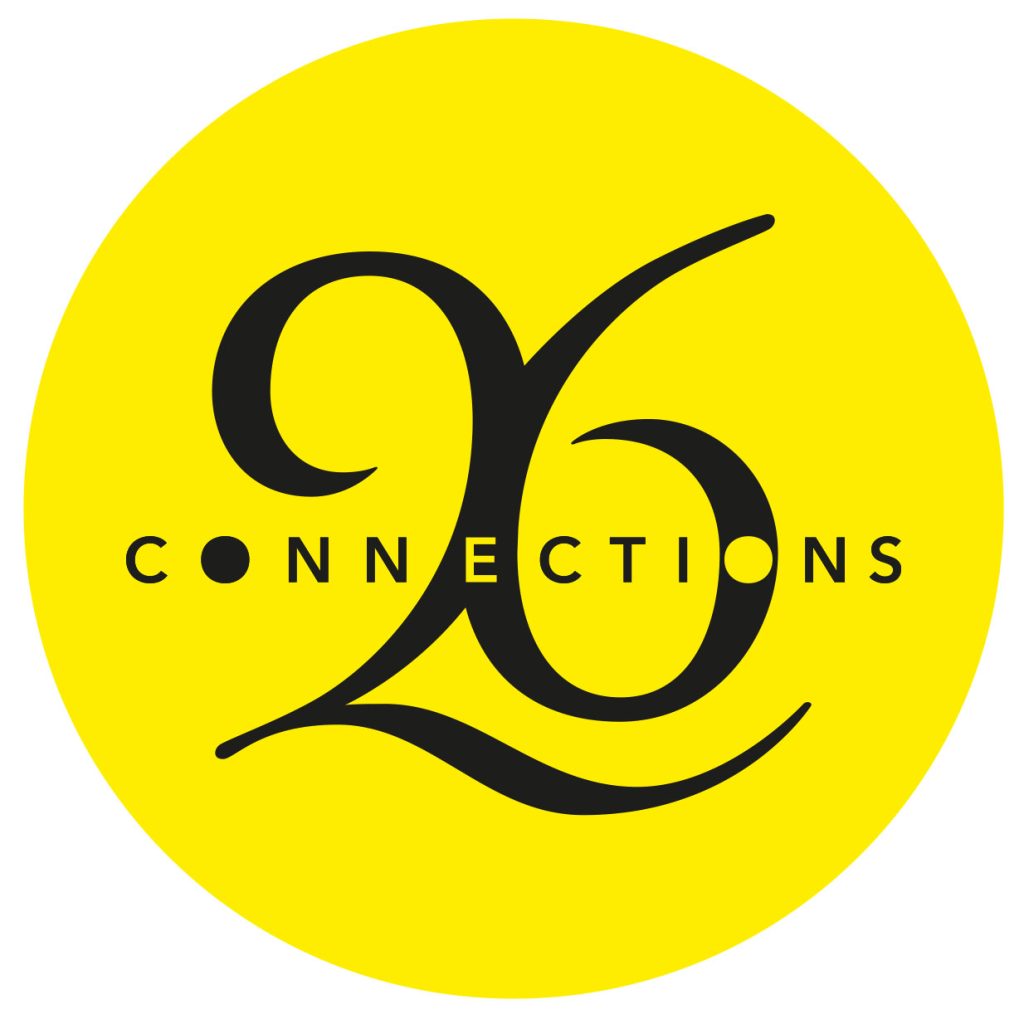Jacob Sam-La Rose, paired with John Simmons
In Conclusion
One of the things that’s excited me most about this project is the idea of correspondence. Early in the process, as I was putting some rough thoughts together, the idea of “collaboration as conversation” sparked for me. I’ve long been fascinated by the idea of collaborative authorship. How two minds might operate together, in spite (and perhaps because) of all their differences of circumstances, experience, opinions and aesthetics, and successfully create something that feels coherent and whole. How they might birth and raise something that speaks to and represents them both.
In an early briefing document I produced for the other project participants, I referenced the works of Kwame Dawes and John Kinsella’s Speak from Here to There (a dialogue in the form of cycle of poems); and Max Gladstone and Amal El-Mohtar’s speculative epistolary novel This Is How You Lose the Time War:
Red’s letters were written entirely by Gladstone, and Blue’s by El-Mohtar. Although they wrote a general outline beforehand, “the reactions of each character were developed with a genuine element of surprise on receiving each letter, and the scenes accompanying [the letters] were written using that emotional response”.
All this thinking was the true starting point for me, almost in spite of the theme. It began with a marked curiosity in not just the “what” but the “how”— how two minds might consider a shared theme, finding a rewarding way to pass that theme and their responses back and forth between each other, all the while remaining open to whatever might emerge.
As is true of much creative work, we built the road as we travelled. My predetermined inclinations would count for naught if they failed to resonate with my creative partner, and suffice to say, John was (mostly!) game. John fired off the first two drafts— twin shots from a starter’s gun. I fired back with a couple of my own, and more references: the early ’00s cultural phenomena of Photoshop Tennis, which I offered to John as:
A corollary thought. Inspiration for the exchange. Not suggesting this as a basis for “rules”– I’m open to the loose potential of our emergent dialogue. Maybe this is just grounds for a possible method for response (a revision or adjustment of something received). Or maybe it’s just a nod to the spirit of the enterprise. A single vehicle with two driving seats. Two (different) hands, one steering wheel, and all the roads ahead…
And in this way, we grappled with, explored and discovered a way forward. One of the things that struck me from having observed a few Photoshop tennis matches in my day was the way a player might sometimes pick the smallest detail to carry forward; onto now, I can’t remember what it was in which of John’s pieces that inspired the nod to Ouroboros that emerged in one of my own. But that was just how we moved: any word, phrase or detail in our writing could be a door or forking path for the other to take. In the truest sense of collaboration, perhaps our primary task was to be the best receiver. To widely consider all the possibilities our partner might offer in each response. Serve, return, and find our own inventive ways to keep the ball up in the air.
All this, against a backdrop of personal challenges— one of us moving house, the other contending with caring for an ailing, elderly parent. At the end of it all, what we’ve constructed represents the road we travelled in a satisfying way; one unified whole, spidering out in all directions.
To close, with John’s words:
Have we come on a spiritual journey? Are we inviting the reader to go on such a journey with the poem? In a sense it doesn’t matter, this is just a route to meditation and contemplation not to find answers.
The poems are being displayed as part of the 26 Connections exhibition during the Bloomsbury Festival and until mid-November. The exhibition features interpretations of the poetry by artists from the Lettering Arts Trust. The exhibition is free at the Building Centre, 26 Store Street, London WC1E 7BT

